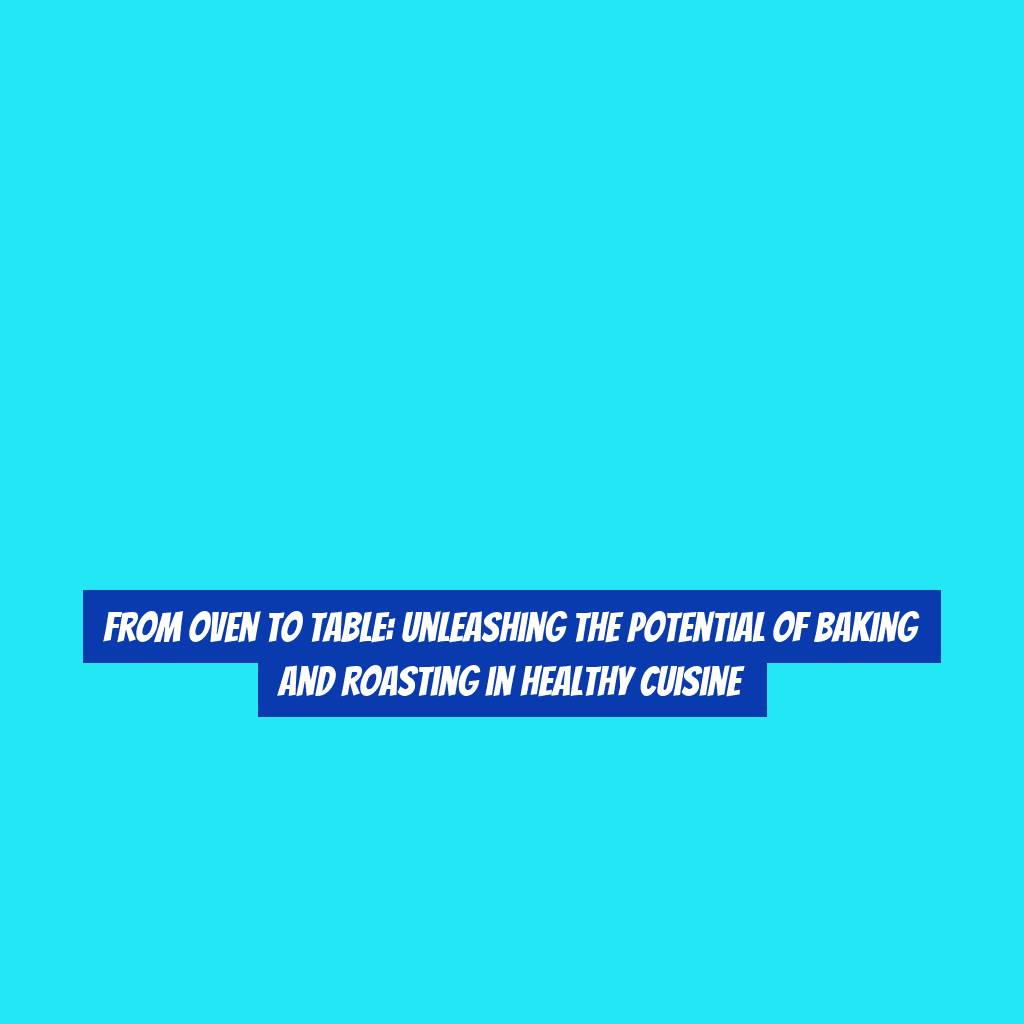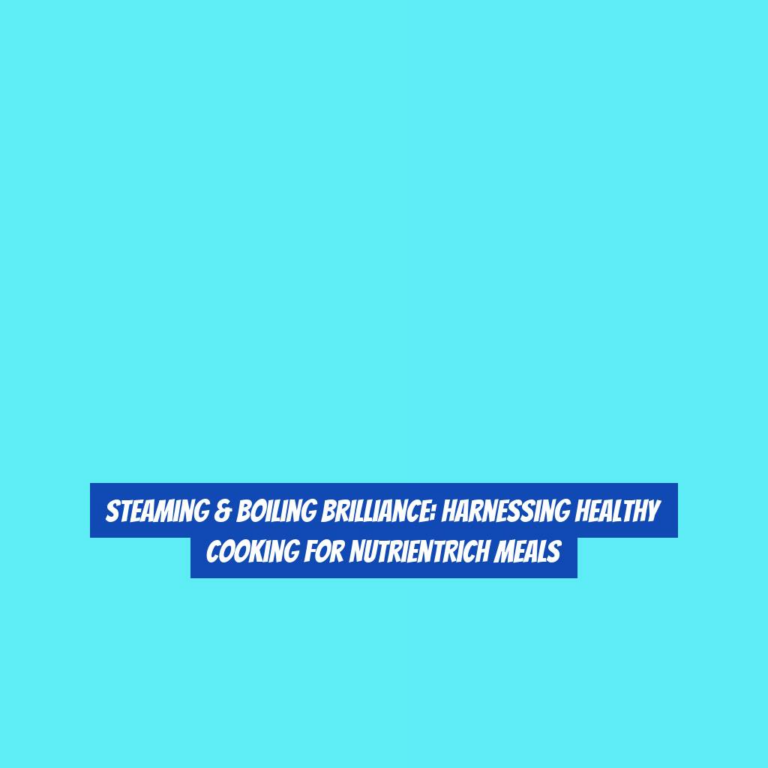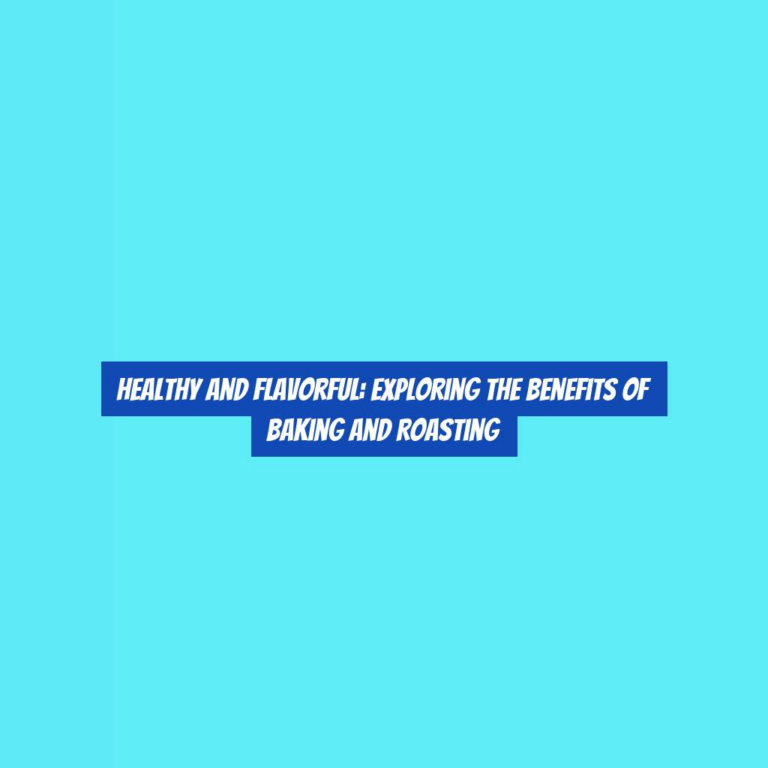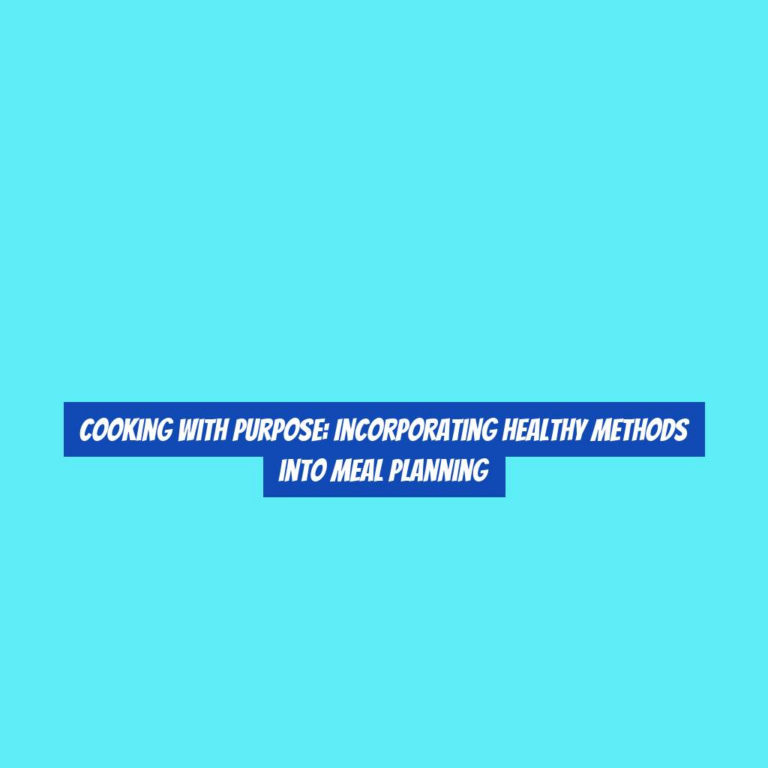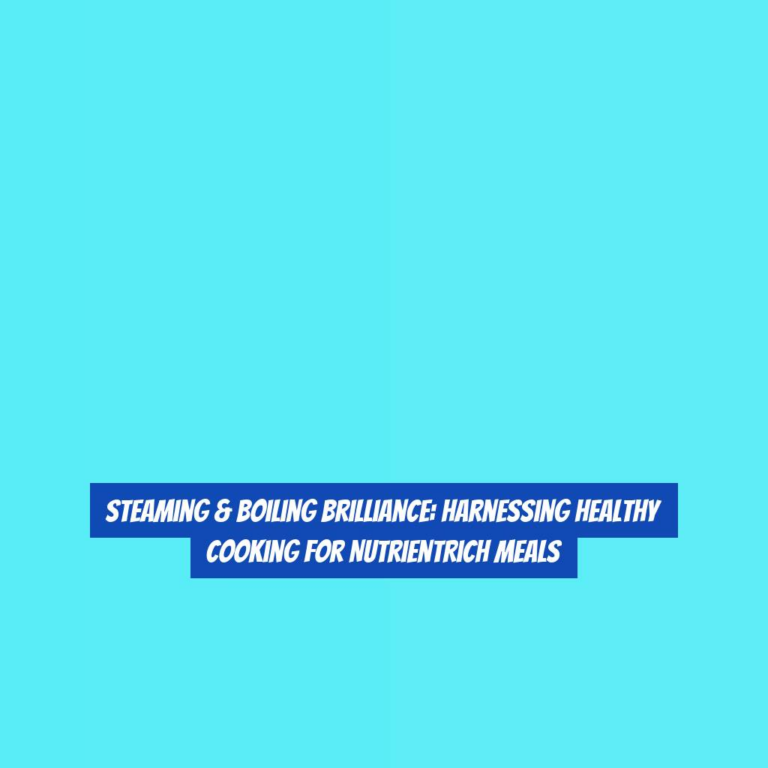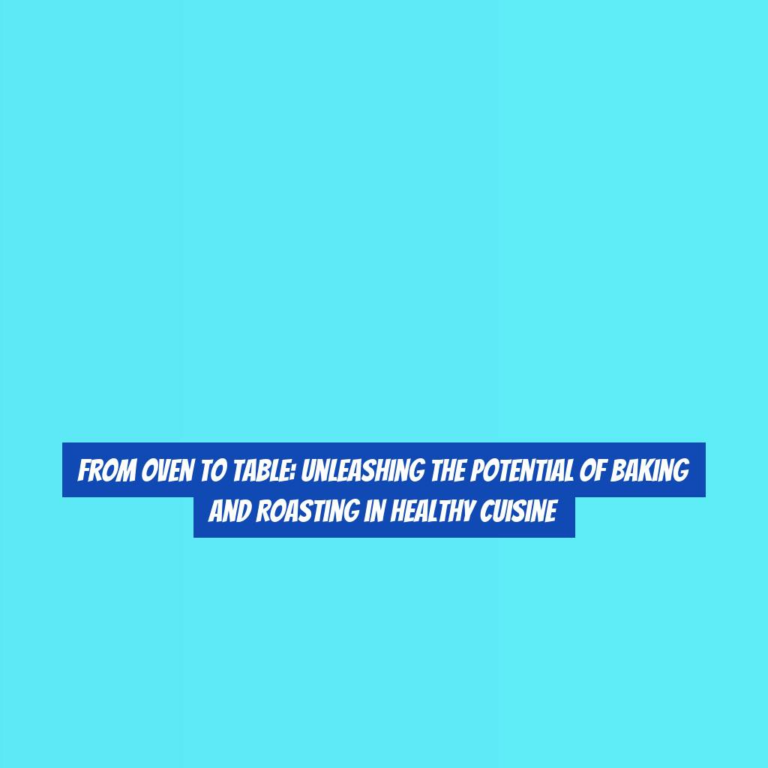From Oven to Table: Unleashing the Potential of Baking and Roasting in Healthy Cuisine
YouG??ve probably heard about the benefits of baking and roasting when it comes to healthy cooking, but have you truly tapped into their full potential?
The oven is not just for making the occasional dessert or roasting the Sunday chicken – itG??s a powerhouse for creating nutritious and flavorful dishes.
In this discussion, weG??ll explore how baking and roasting can elevate your culinary game, from unlocking new health benefits to mastering essential techniques and uncovering creative flavor combinations.
If youG??re looking to take your cooking to the next level while prioritizing health, you wonG??t want to miss out on what the oven has to offer.
Health Benefits of Baking and Roasting
When you bake or roast your food, you preserve nutrients and create delicious, healthy meals for you and your family. Baking and roasting are cooking methods that help retain the natural goodness of the ingredients.
Unlike frying, which often requires added fats, baking and roasting allow you to cook with minimal oil, making your meals lighter and lower in unhealthy fats. This means that you can enjoy your favorite dishes without compromising on taste or health.
Additionally, these cooking methods help to intensify the flavors of the food, creating a delightful culinary experience. By using the dry heat of the oven, you can achieve a golden, crispy exterior while keeping the inside tender and moist. This not only makes the food more enjoyable to eat but also helps to lock in essential nutrients.
The high temperatures used in baking and roasting also kill harmful bacteria, making the food safer to consume.
With these health benefits in mind, baking and roasting are excellent choices for preparing nourishing and delectable meals for yourself and your loved ones.
Essential Baking and Roasting Techniques
To achieve optimal results when baking and roasting, itG??s important to master essential techniques that enhance the flavors and textures of your dishes.
One crucial technique is proper seasoning. Whether youG??re baking or roasting, seasoning your ingredients with salt, pepper, and other spices before they go into the oven can significantly elevate the final taste of your dish.
Additionally, mastering the art of basting is key. Basting involves regularly spooning or brushing juices, fats, or sauces over your ingredients while they cook. This helps to keep them moist and adds layers of flavor.
Another essential technique is understanding the differences in oven temperatures and how they affect your dishes. For example, high temperatures are great for achieving crispy exteriors, while lower temperatures are ideal for slow, even cooking.
Finally, learning how to use different baking and roasting pans can make a big difference. From glass to metal to ceramic, each type of pan conducts heat differently and can impact the cooking process.
Mastering these techniques will take your baking and roasting skills to the next level.
Exploring Flavor Combinations in Oven Cooking
Mastering the essential techniques of proper seasoning, basting, understanding oven temperatures, and using different types of pans lays a strong foundation for exploring flavor combinations in oven cooking. Once you have a good grasp of these techniques, itG??s time to unleash your creativity and experiment with various flavor combinations to elevate your dishes to new heights.
Here are some tips to get you started:
-
Contrast sweet and savory: Play with the contrast of sweet and savory flavors to create depth in your dishes.
-
Experiment with herbs and spices: DonG??t be afraid to mix and match different herbs and spices to discover unique flavor profiles.
-
Incorporate acidic elements: Adding a splash of acidity can brighten up and balance the flavors in your oven-cooked dishes.
-
Layer flavors: Build layers of flavors by incorporating ingredients that complement and enhance each other, creating a more complex and satisfying taste experience.
Maximizing Nutritional Value Through Baking and Roasting
Maximizing the nutritional value of your meals through baking and roasting is essential for maintaining a balanced and healthy diet. When using these cooking methods, itG??s crucial to choose nutrient-dense ingredients.
Vegetables such as broccoli, sweet potatoes, and bell peppers retain their vitamins and minerals when roasted at moderate temperatures. To further enhance the nutritional content, consider incorporating a variety of colorful vegetables, as different hues often indicate diverse nutrient profiles.
When preparing meats, opt for lean cuts and trim excess fat to reduce unhealthy saturated fats. Additionally, marinating proteins with herbs, spices, and citrus juices before roasting can add flavor without relying on excessive salt or high-calorie sauces.
Be mindful of cooking times to avoid overcooking, which can lead to nutrient loss. By carefully monitoring the cooking process, you can ensure that your meals retain their nutritional integrity.
Finally, consider using whole grains in your baking endeavors. Whole grain flours offer more fiber and essential nutrients compared to refined flours, contributing to a more nutritious end product.
Prioritize these strategies to elevate the nutritional value of your baked and roasted dishes, ultimately supporting your overall well-being.
Baking and Roasting for Special Dietary Needs
Considering specific dietary needs, adapting baking and roasting techniques becomes crucial for ensuring that meals cater to individual health requirements. Whether youG??re cooking for yourself, a family member, or a guest with special dietary needs, understanding how to modify baking and roasting methods can make a significant difference in meeting those needs. Here are some key points to keep in mind:
-
Gluten-Free Options: Utilize alternative flours such as almond flour, coconut flour, or gluten-free all-purpose flour blends for baking. When roasting, opt for naturally gluten-free ingredients like quinoa, potatoes, or vegetables.
-
Low-Sodium Approaches: Experiment with herbs, spices, and citrus marinades to add flavor to your dishes without relying on salt. Roasting vegetables with a drizzle of olive oil and a sprinkle of herbs can create a delicious low-sodium side dish.
-
Dairy-Free Substitutions: For baking, consider using dairy-free milk and butter alternatives, such as almond milk and coconut oil. When roasting, try using flavorful oils like avocado or sesame oil instead of butter.
-
Reduced Sugar Solutions: Explore natural sweeteners like honey, maple syrup, or mashed bananas in baking. When roasting, caramelize vegetables to enhance their natural sweetness without adding extra sugar.
Conclusion
So, next time youG??re in the kitchen, donG??t overlook the power of baking and roasting.
These cooking techniques not only bring out incredible flavors but also offer numerous health benefits.
From maximizing nutritional value to accommodating special dietary needs, baking and roasting can truly transform your meals.
So, go ahead and unleash the potential of oven cooking in your healthy cuisine.
Your taste buds and your body will thank you.
